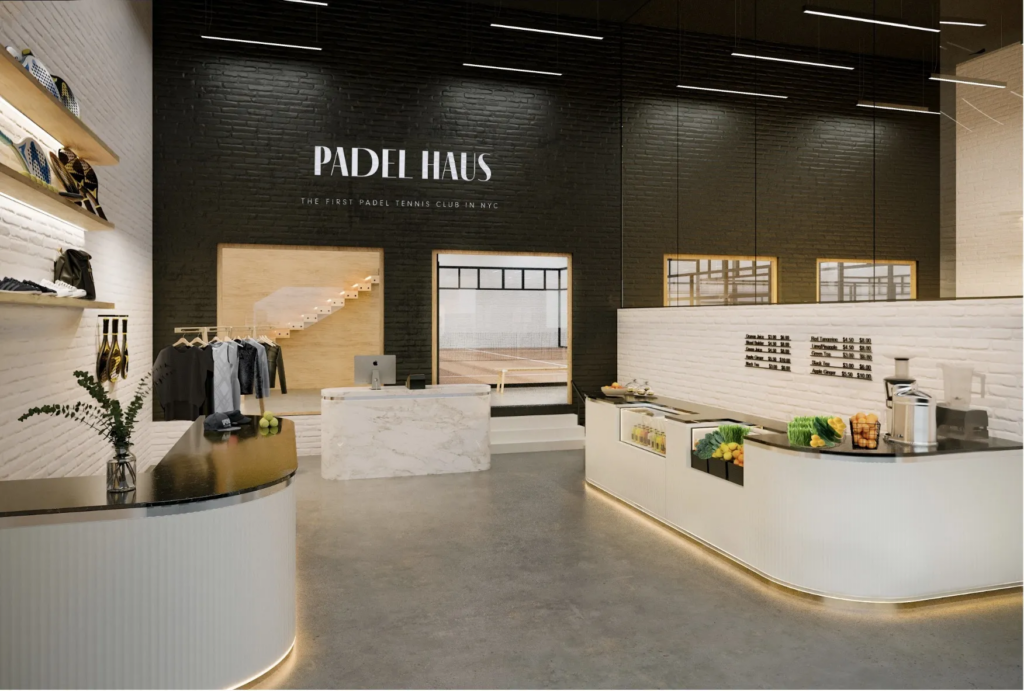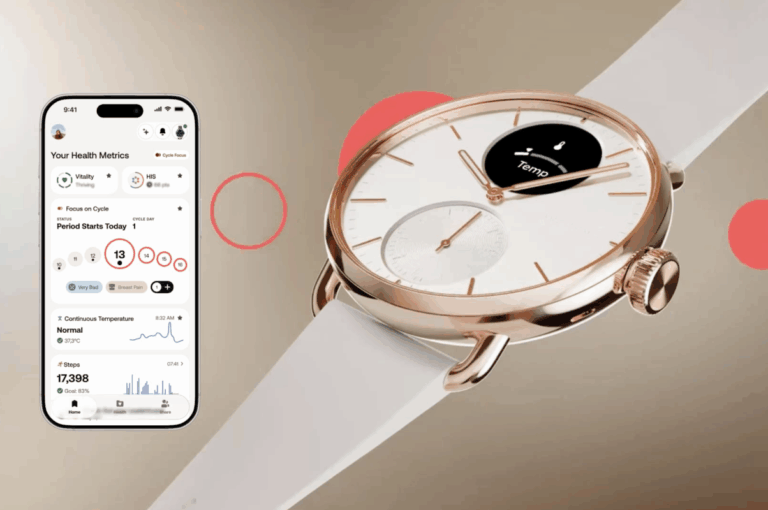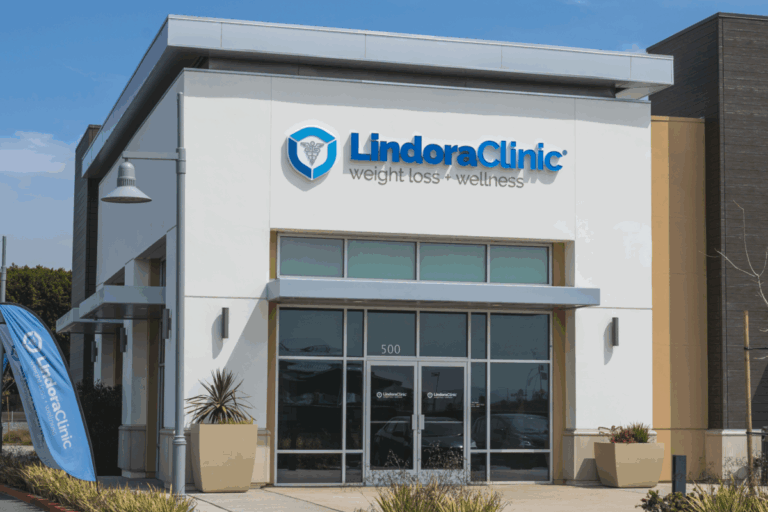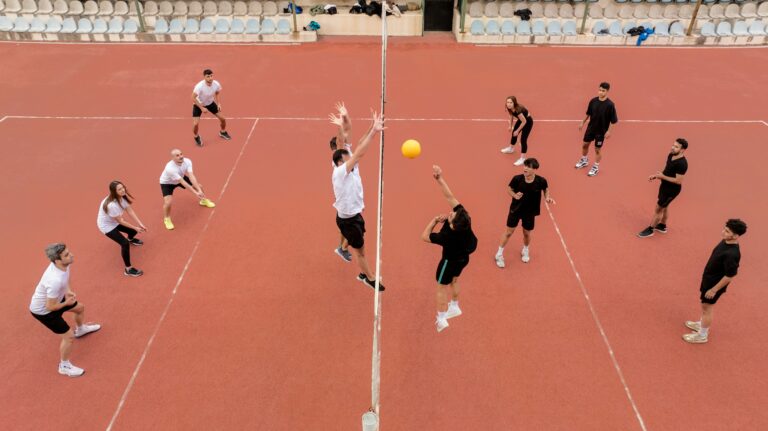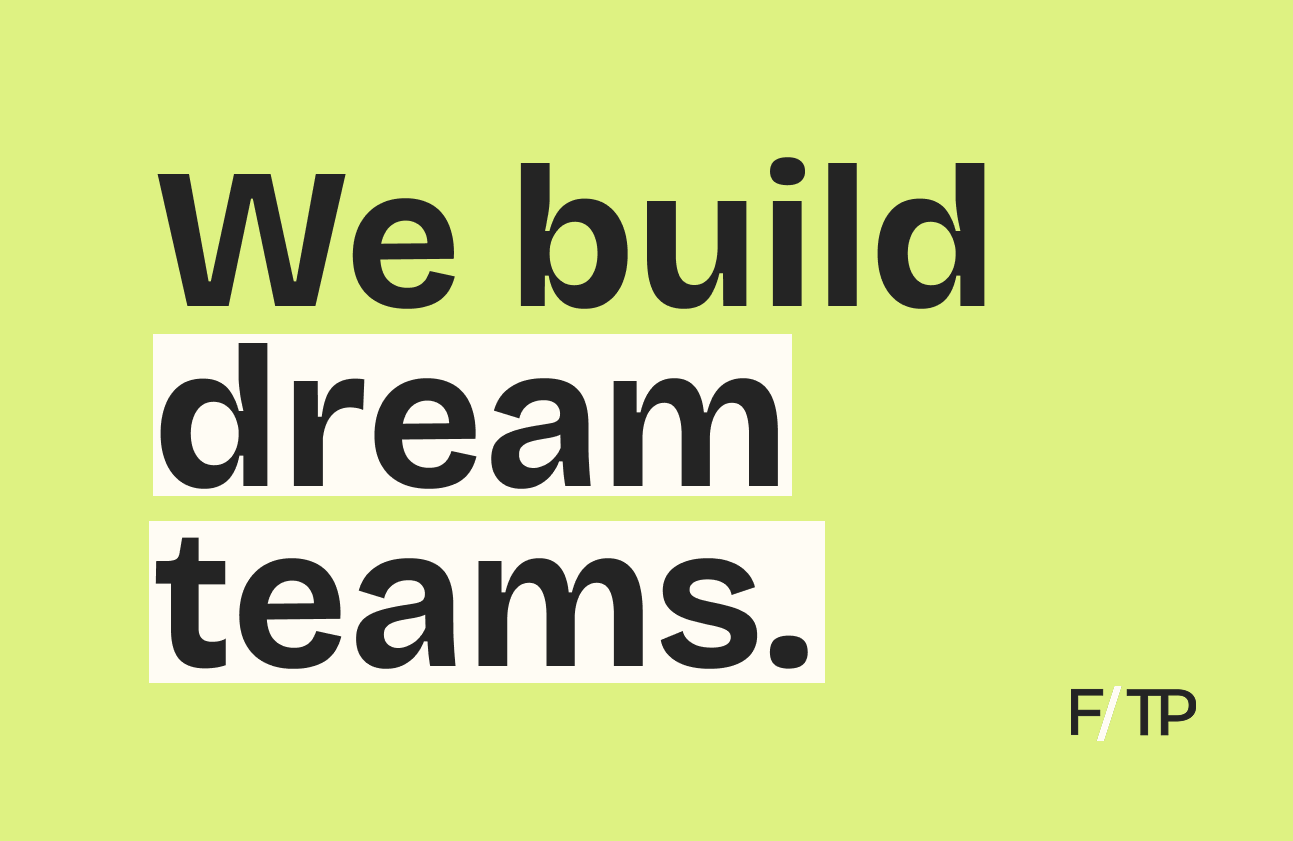Pickleball’s European rival has arrived in America.
The latest: Padel Haus, a 16K-square-foot padel club that opened in Brooklyn last summer, raised $7.5M in Series A funding.
Billed as NYC’s “first and only” padel club, with new capital secured, the company plans to open three additional clubs across the Northeast in the next two years.
Vying to become North America’s leading padel provider, Padel Haus is tapping athletics and wellness to build a lifestyle-focused social club complete with indoor courts, training programs, a juice bar, and more.
For context: Like pickleball, the racquet sport of padel was invented in the 1960s. A mashup of tennis and squash, players use a special racquet and ball in a small, enclosed court to compete, usually in doubles format.
From its origin in Mexico, padel quickly took hold in Spain — where it currently hosts 5M players and 11.5K courts. And, as of late 2022, the fast-growing sport counted 25M global players in 90 countries.
Its next big investment area: the United States.
Making a Racket
Spurred by pandemic downtime and a global recreation boom, padel and pickleball are on similar growth trajectories.
In the US, gyms and developers are building 130 pickleball courts per month to meet outsized demand from an estimated 36.5M players.
Now, from professional leagues to court infrastructure, both sports appear to be locked in an arms race:
- The New York Yankees investment arm acquired a minority stake in A1 Padel, an international tournament, with plans to grow padel in America.
- NYC’s Central Park broke ground on 14 seasonal pickleball courts, committing to hosting multiple MLP matches over the summer.
- The LA Galaxy recently opened a new public park featuring eight courts for pickleball and four for padel.
Looking ahead: In a battle for the same players, pickleball and padel are bound to clash. While pickleball will likely remain ahead in the states, the global focus on everyday recreation and competition is a win for everyone.
